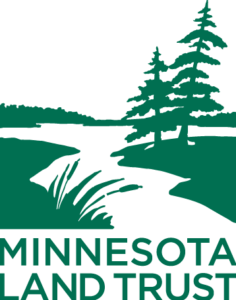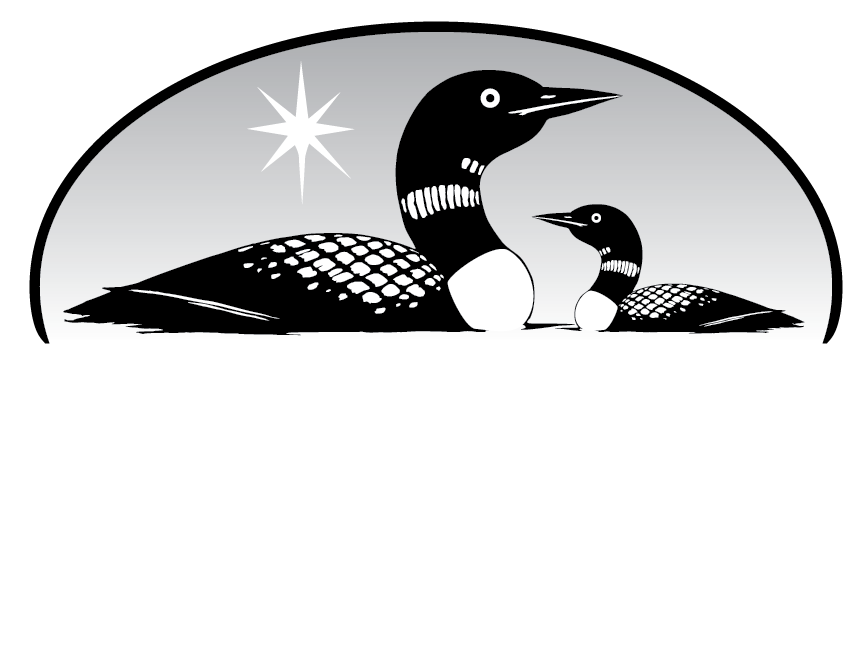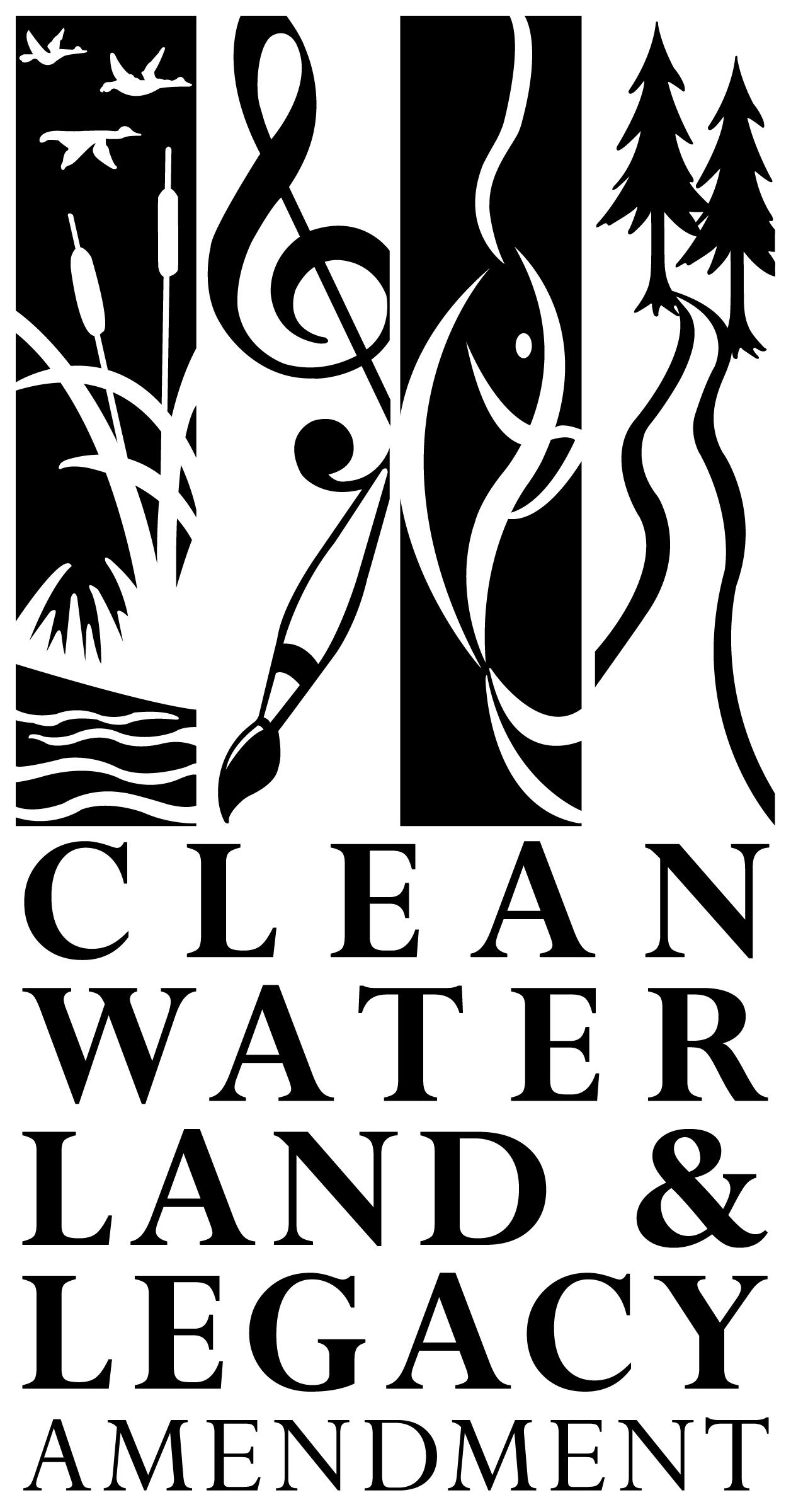Kenny Klehr has been hunting on the same piece of land his family owns on the Sauk River in Central Minnesota ever since he was boy. His grandson, now 15, started going along to the deer stands when “he was just a tyke,” said Kenny Klehr’s wife, Judy Klehr. “He’s grown up with it.”
Now, that same 80-acre hunting property will stay just as it is — woods and wetlands managed for deer, turkey and ducks — forever. The Klehrs are among a growing number of landowners around the Sauk River near St. Cloud who are embracing a new conservation strategy to keep their hunting land protected for future generations.
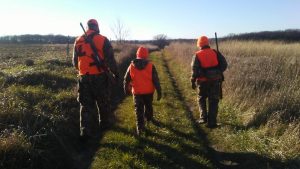
Photo by John Maile
With guidance from the Soil and Water Conservation District and the Minnesota DNR, they are opting to put permanent easements on their land through the Minnesota Land Trust. Those conservation easements restrict development of their property now and in the future, keeping it natural in perpetuity. But it’s still private land, and the owners can continue to enjoy it as they always have.
Protecting private land brings public benefits with it; including more room for species like whitetail deer to roam, cleaner water for drinking and fishing, and landowners actively working to maintain the landscape. In a place like the Sauk River watershed, where 97% of the ownership is non-public, private lands conservation is crucial. And this work is becoming more important by the day. People who live in the area have seen changes coming their way. St. Cloud, Cold Spring and surrounding towns are growing, and housing developments are moving closer toward the lakes, fragmenting farmsteads and natural habitat.
“Everyone is trying to find their little oasis,” said Scott Henderson, executive director of the Sauk River Watershed District.
Farmland is changing as well. Today 15 percent of the watershed is made up of woods and wetlands, and 73 percent is row crops, pasture, and grasslands. But that ratio will likely shift in the coming years as marginal land comes out of the federal Conservation Reserve Program (CRP), and is likely to be plowed and planted. More than 3,000 acres — roughly 5 square miles — of CRP contracts expired in 2018 in Stearns County. By the end of 2024, according to the Soil and Water Conservation District, that number will quadruple.
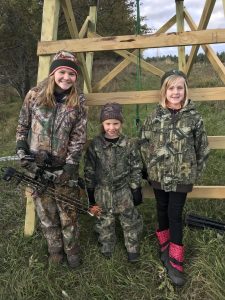
Photo by Nathan Hylla
But there is a long and deeply held hunting tradition in the region, and the Land Trust is partnering with organizations like The Nature Conservancy and Pheasants Forever who are working to protect natural lands for public and private benefit. Grassroots groups of landowners and hunting families are finding ways to protect their traditions as well. A local group called the River Bottom Whitetails has for years worked to preserve the wildlife habitat that has made hunting around the Sauk so successful, manage their harvests, and introduce new members to hunting. Now a number of landowners in the group are exploring easements with the Land Trust to permanently protect all the work they’ve put into their land.
This year the Land Trust is working on easements with eight landowners around the Sauk River, protecting about 700 acres. “The appetite for this across the watershed is huge,” said Nick Bancks, program manager with the Minnesota Land Trust. He expects to have another 16 property owners sign up in next three-year cycle of funding.
Funding through the Legacy Amendment, approved by the Lessard Sams Council and the Minnesota Legislature is used to compensate landowners for the lower valuation of their land that comes with restricting development and future use. The one-time payment, along with other management requirements for the property, are negotiated with the Land Trust.
In addition to supporting hunting, conservation easements help return the watershed back to what it was before settlement and development — and that is the best way to protect water quality in lakes and streams.
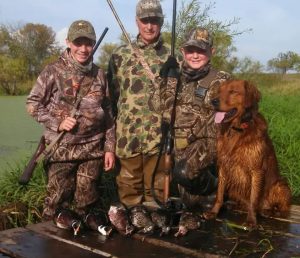
Photo by John Maile
John Maile, a wetlands habitat specialist with the DNR who works with private landowners in the area, said that easements through the Land Trust can be a good complement to similar programs through the state or federal governments. Those programs, like Reinvest in Minnesota or CRP, are often aimed at farmland or specific habitat protections.
There is also public funding available for landowners who want to do habitat restoration once the easement is in place, Maile said.
With more families seeking out the protection that easements through the Land Trust offer for their land, the hunting traditions that have been passed down through generations will continue to thrive along the Sauk.
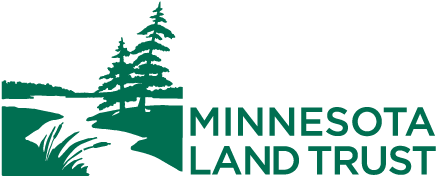
 Funding for the acquisition of this Easement was provided by Minnesota’s Outdoor Heritage Fund as recommended by the Lessard-Sams Outdoor Heritage Council (LSOHC). Specifically, the Easement was funded through the Wetland Habitat Protection Program – Phase II under grant number 112413. The purpose of the grant is to acquire permanent conservation easements in high-priority wetland complexes in the prairie and forest-prairie transition regions.
Funding for the acquisition of this Easement was provided by Minnesota’s Outdoor Heritage Fund as recommended by the Lessard-Sams Outdoor Heritage Council (LSOHC). Specifically, the Easement was funded through the Wetland Habitat Protection Program – Phase II under grant number 112413. The purpose of the grant is to acquire permanent conservation easements in high-priority wetland complexes in the prairie and forest-prairie transition regions.